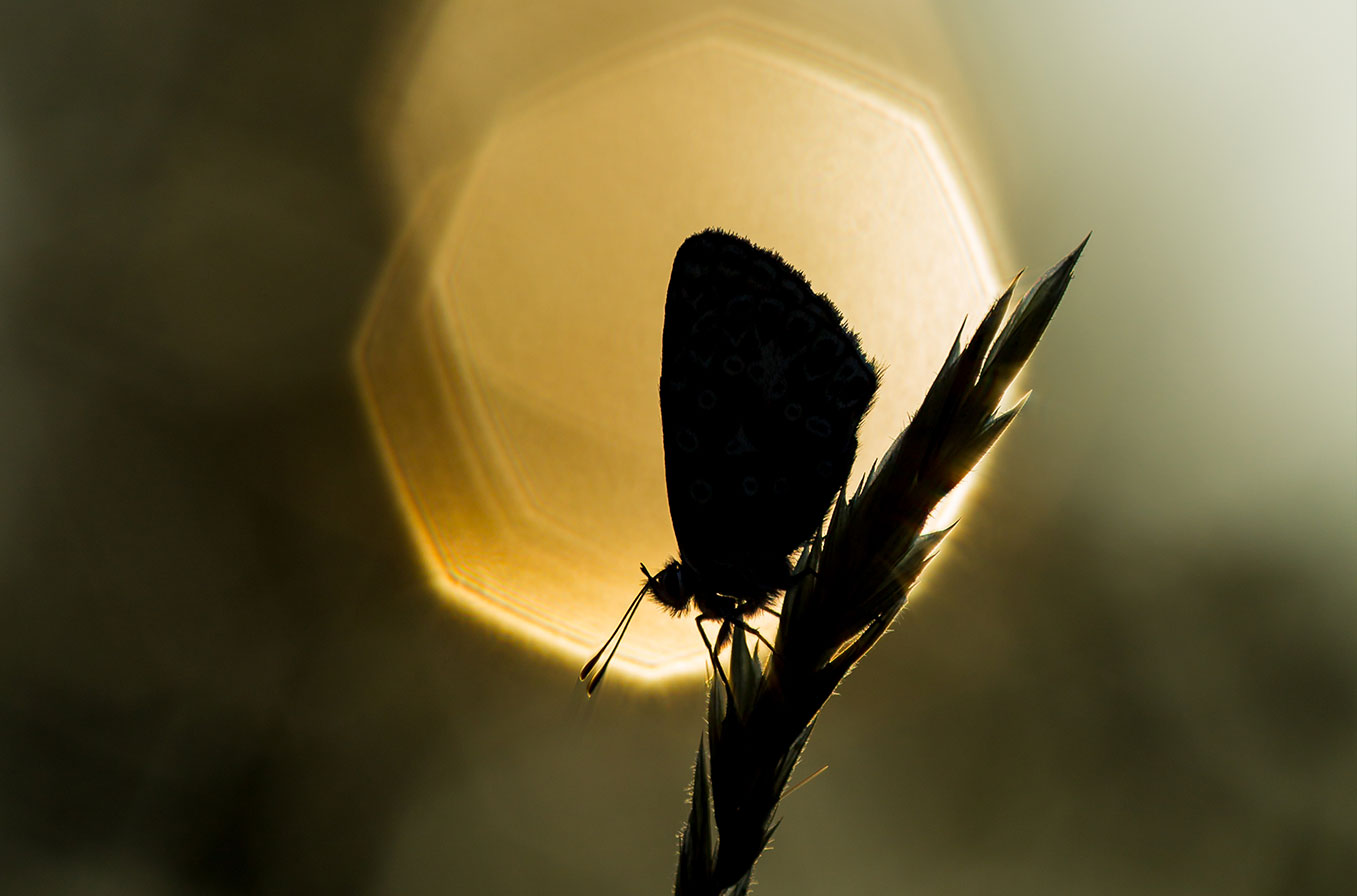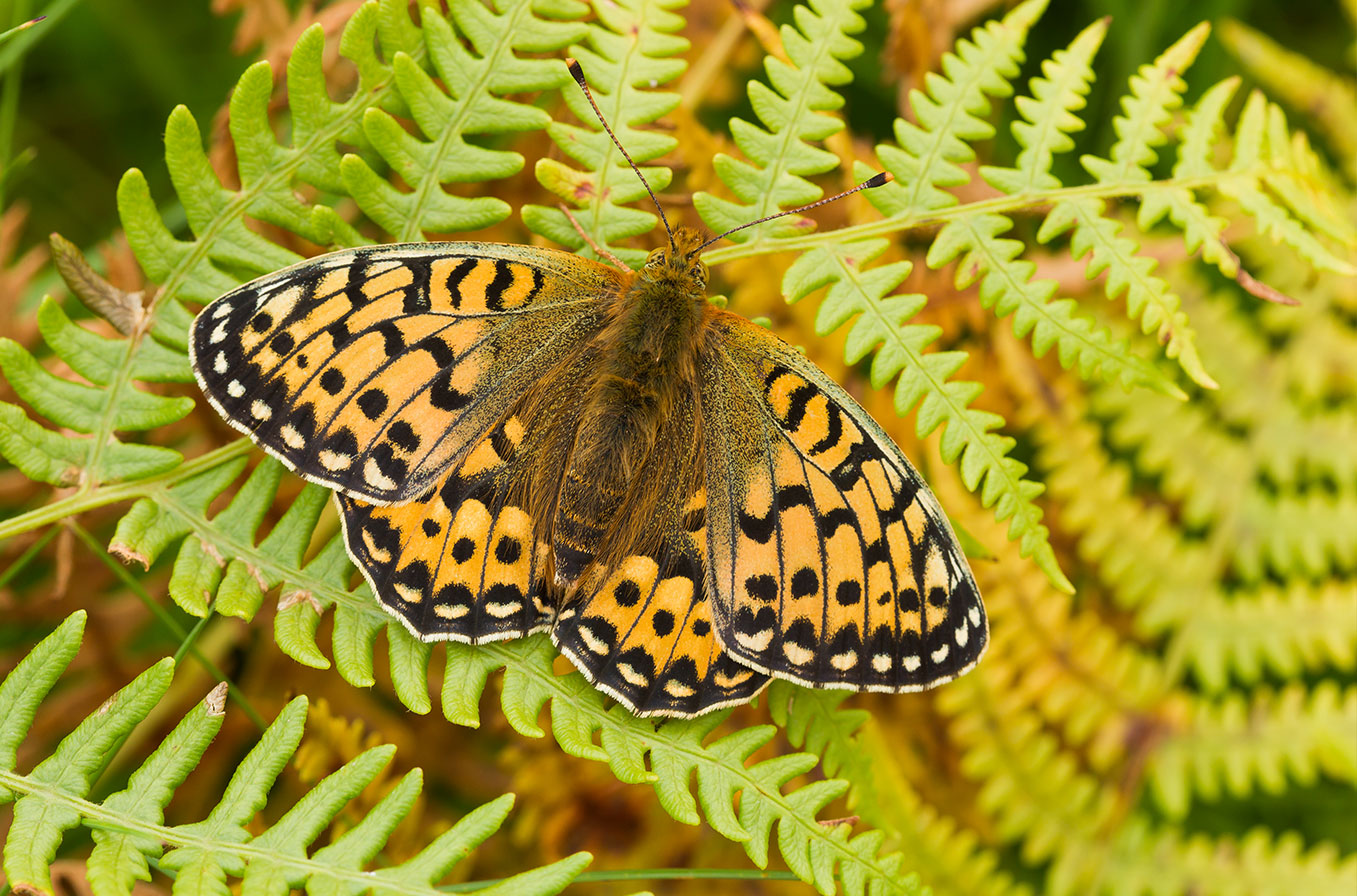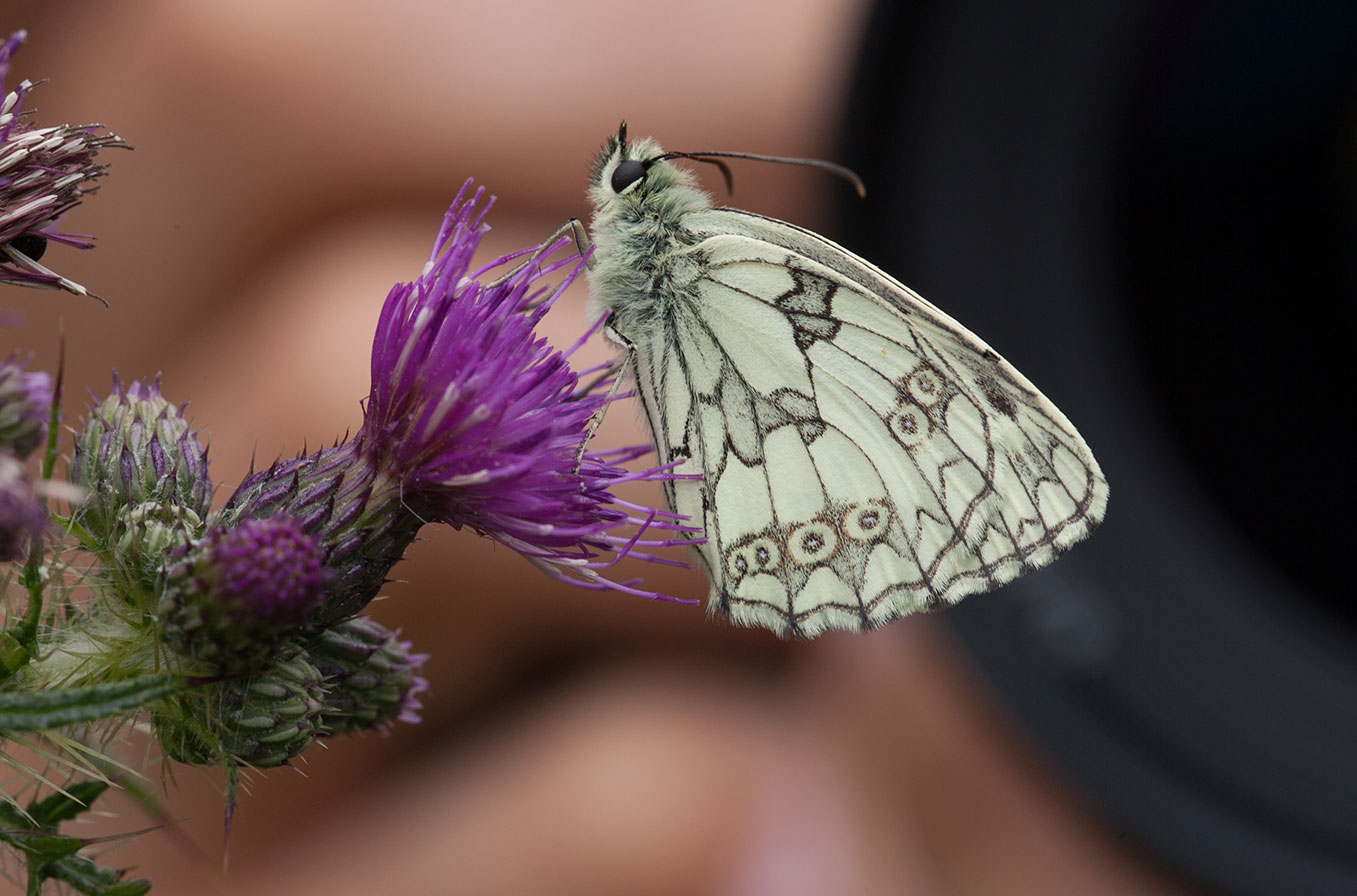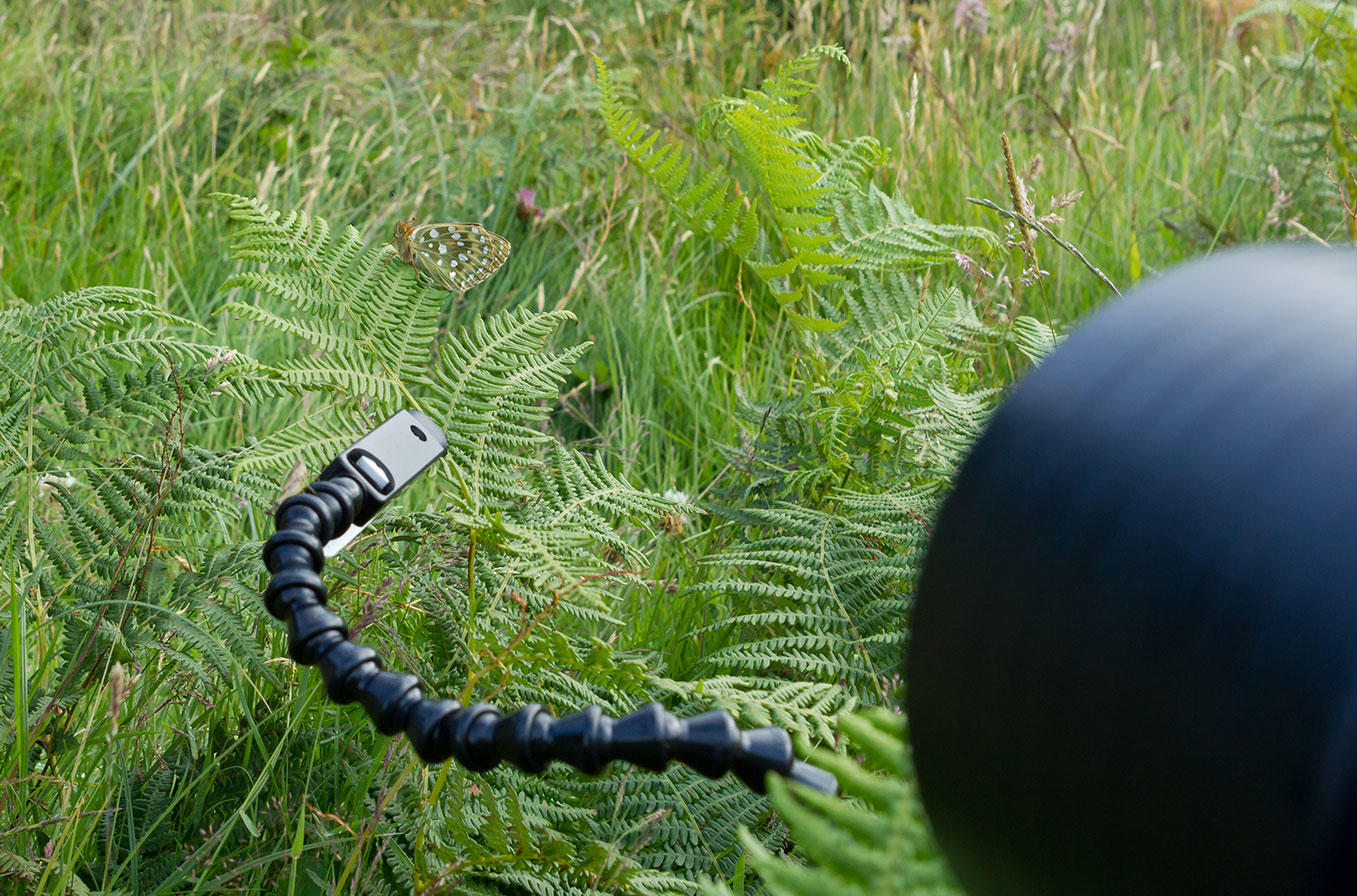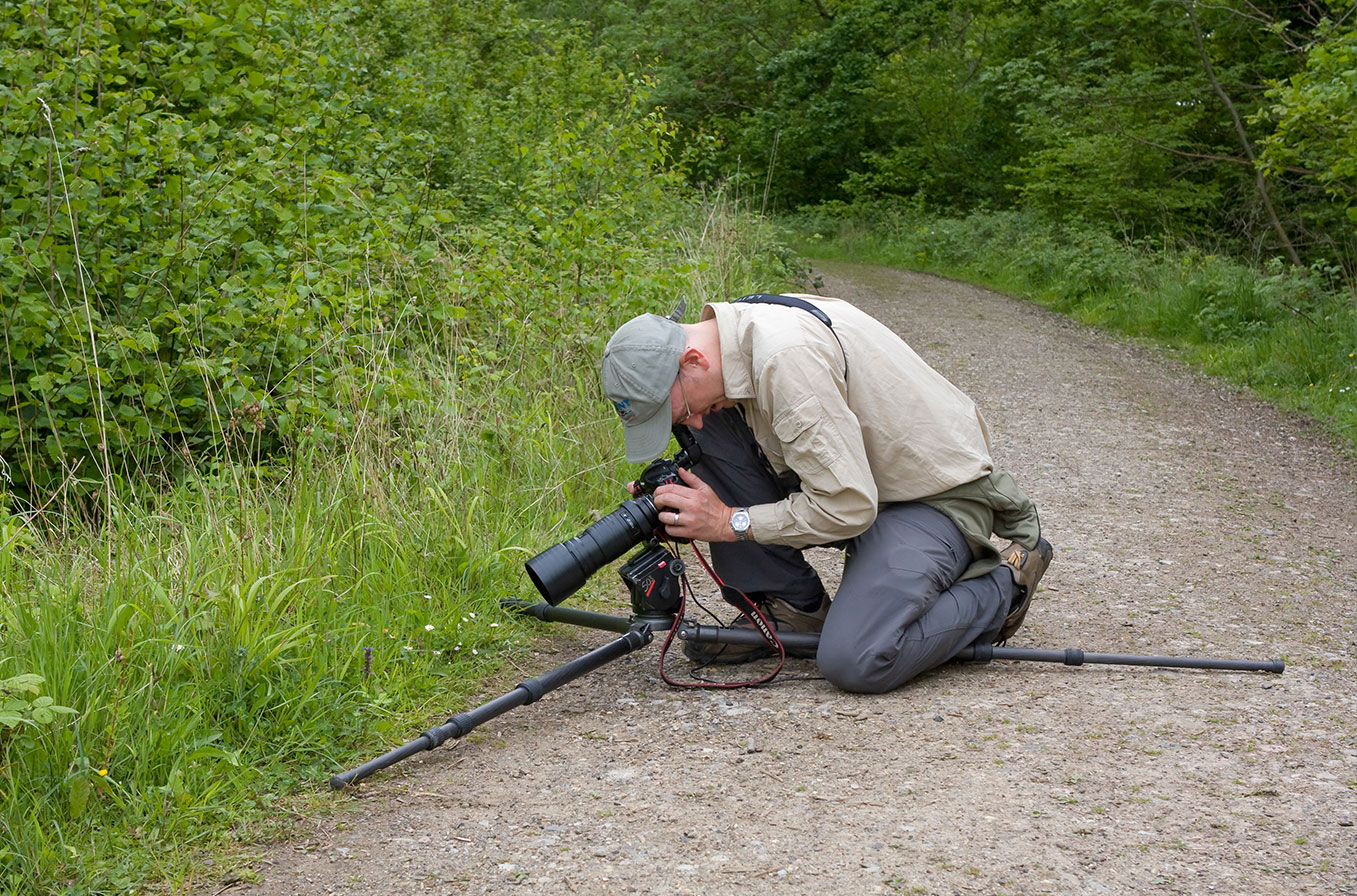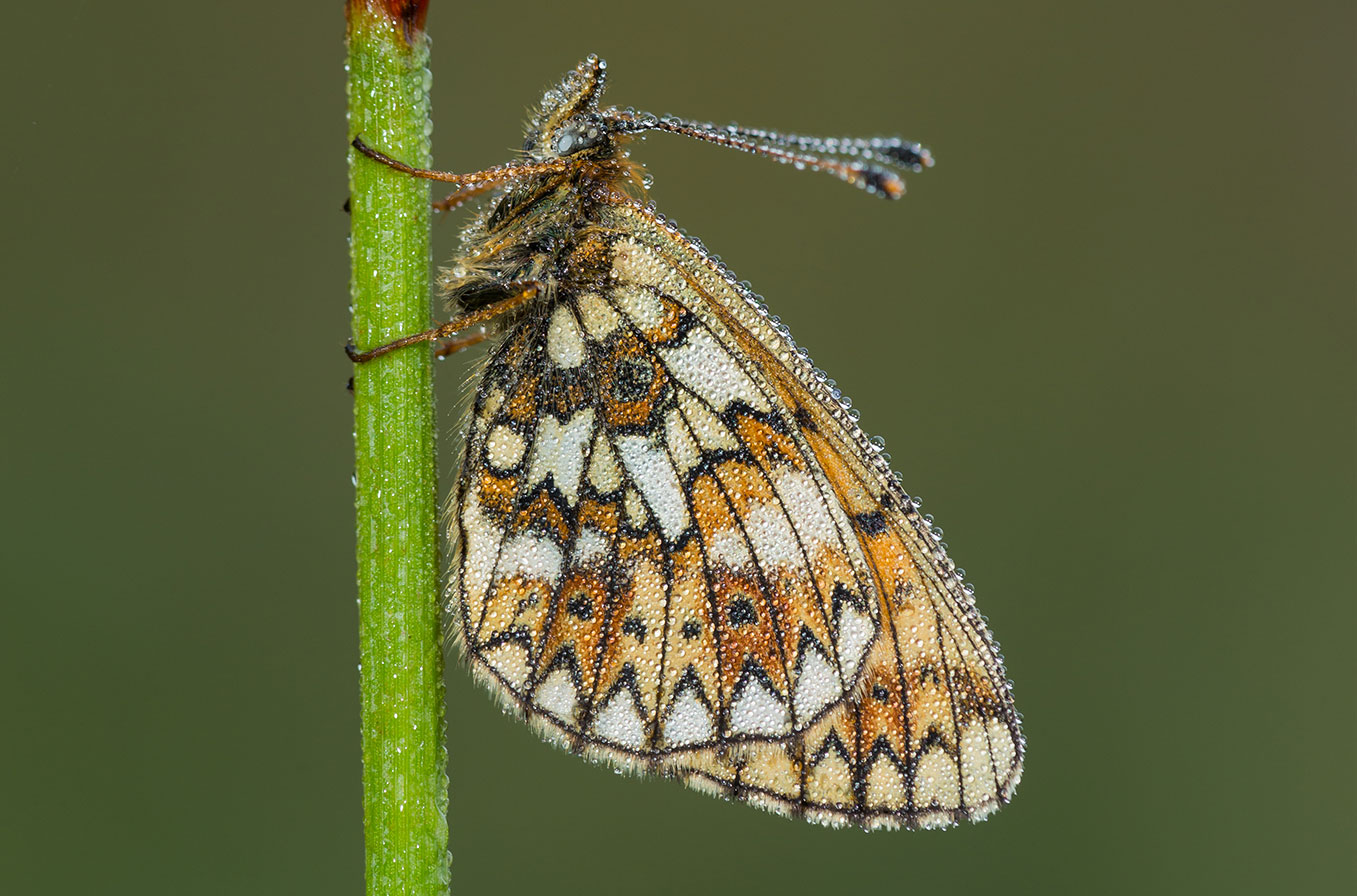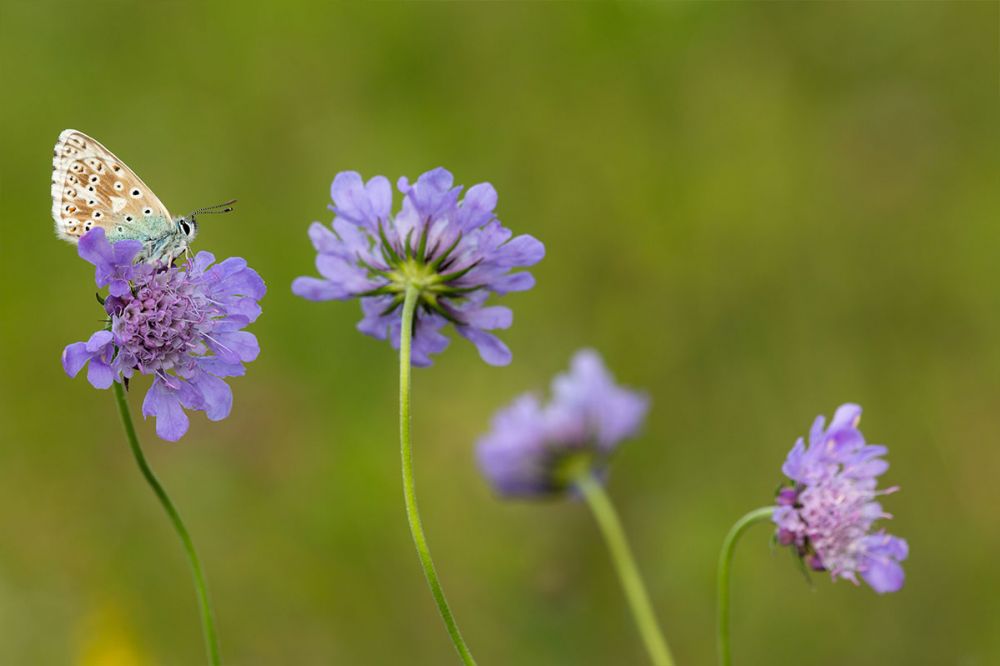
Finding & Photographing Butterflies
Small and flighty yet beautiful and photogenic, Oliver Smart provides some top tips for finding and photographing British butterflies.
Butterflies are some of our favourite British wildlife. Colourful, abundant and widespread across many different habitats. There are around 60 species found in the UK, with some 20 or more species seen in our gardens.
This makes them a wonderful group of invertebrates to watch, study or photograph from spring through until early autumn. A few species hibernate too, so there is every chance you may find a small tortoiseshell or peacock hiding in a shed or roof space or a brimstone sheltering in ivy during the colder winter months.
Tracking down some of our rarer species may take effort as indeed was the case for this species only found in Norfolk.
Finding butterflies:
The first thing to consider when finding butterflies is to understand a little of their ecology. You definitely don’t need to be an expert but a small amount of research will greatly aid your quest. Learning simple aspects of their lifecycle will enhance your chances of finding them, particularly as some species can be elusive or may only emerge as adults for a few weeks of the year. Some species only exist as far north as the Highlands of Scotland and rarities can be found on the remote Isles of Scilly. Being prepared, knowing the best locations, habitats and habits even down to the food plants on which the eggs are laid will dramatically improve your chances of success. There is a huge amount of literature available online and in books so there is no excuse to go hunting unprepared.
Chalkhill blue - Try and consider your subject in relation to the background. In this shot the subject is small in the frame to incorporate more of the habitat and the strong element of the purple flowers.
Purple emperor - Even elusive or tricky species can surprise you. Here one of our largest and most sought-after species decided to come and visit my vehicle tyre to obtain precious salts and minerals.
Butterflies are creatures of habit and will be active in warm and sunny conditions. They’ll often feed from flowers before looking for a mate and laying their eggs on a specific food plant. Armed with this information you can start searching for your species. To begin with I generally search at the middle or towards the end of the day. Not initially to photograph but to gain an on-site understanding of the butterflies movements, locality and options for capturing them on camera. As the day draws to a close many species will begin searching for a safe place to roost, quite often close to the ground. At this time a large number of species will be very visible to you amongst meadow grasses and low vegetation. Scanning using binoculars is a great way to spot them without a lot of disturbance and damage to their habitat. Once located you begin to formulate the type of images you’d like to get. You can now start to capture those shots, at least the ventral side (underside) to begin with.
Cryptic wood white - An early morning start and the subject was still in the same roost spot as the night before. Soft lighting helped maintain warm colours and lovely detail in the white butterfly.
Common blue - A complete change of position where the rising sun was directly behind the subject. Underexposing by between 1 to 3 stops depending on the light intensity and how dark you wish the subject to be.
Butterfly photography equipment and technique:
If you are already prepared with your camera equipment then you can work with those that you’ve located well into the evening. But of course, the key for me is knowing that almost certainly your subject will still be in the exact same place the following day. Mornings tend to be calmer too, with less wind and with more settled subjects you can begin composing your images. Although working in macro will illuminate the wonderful fine detail of a butterfly’s wing it is also worth considering their place in the environment. Utilise their surroundings to showcase where they live; the textures, patterns and colours that exist around them too can be just as interesting, dramatic or aesthetically pleasing.
With very mobile and active subjects I tend to prefer the early and late shifts when I generally have a more obliging subject. Sometimes I prefer to venture out on warm, sunny days but often where there is good cloud cover. The subjects are active for shorter periods and will often settle to bask in the sunshine or bright overcast conditions or will regularly pause to nectar. These are moments when you can approach and tackle the dorsal images (upper side) when the subject has its wings wide open. Always approach slowly and try and avoid blocking the sun with your body or equipment. Shadows will most likely spook the subject which may fly far away or drop down into deeper vegetation.
Dark green fritillary - Here overcast conditions have forced the subject to settle and bask. If the light is diffused the butterfly will remain like this for some time before closing its wings. If there is a chance of a sunny spell it will keep its wings open, eventually warm up and fly away.
Grizzled skipper - Often the background and composition are just as important as the subject itself. With the butterfly posing in the vertical orientation, I switched the camera through 90-degrees and used the leading line of the hawthorn vegetation to enhance the framing of the shot. Here the image is rotated to give options when using the image later.
For much of my butterfly photography I use a tripod, SLR camera and dedicated macro lens. This is ideal for close-ups of the subjects however I will often switch to a wide-angle lens if an opportunity arises. Also, many telephoto lenses have close focussing distances and can be very useful in capturing great shots. A tripod is not critical though and often I can be found with a monopod, bean bag or even handholding the camera depending on the light conditions, subject activity and habitat.
As I often work during low-light conditions I will use a cable or remote release and set the camera to mirror lock-up. These options help reduce camera shake and also allow me to increase my lens aperture when I want to. I favour an aperture of f/8 for my butterfly shots, however, I will use anything from f/4 to f/22 depending on what I want to achieve, particularly with foreground and background detail.
When lining up my subject at roost I think of a butterfly as a triangle and I want to ensure all three points of the triangle are in the same plane of focus. This results in an evenly sharp image with as much detail as possible. To avoid including any messy foreground or annoying background distractions (e.g. a blade of grass blurred in the background) I will often use clamps, my hands or carefully tie back distractions. It’s impossible not to have some minor impact on the habitat but I do my best to leave the surrounding vegetation as I found it.
Marbled white - When setting up your shot consider the three points of a butterfly’s wing as a triangle and try to get them all in focus.
Dark green fritillary - Here a plant clamp is used to hold the bracken frond firmly in place. A strong wind was creating a lot of movement. Thankfully the overcast conditions meant the subject didn’t want to fly off!
A further gadget in my armoury is an angle-finder. Quite often I will be working in awkward positions or where the sun may be very low in the sky. Shadows and disturbance are possible so using an angle-finder allows me to view through the viewfinder at a 90-degree angle. I can also spin the angle-finder through 360-degrees which means I can effectively sit to the side of the camera and view it without the sun hitting my head and casting a shadow over the subject. A modern feature of many cameras is live-view which is also good for this too, however the sun can make it hard to see the screen and unless you have an angled screen it can be hard to view it when the camera is very close to the ground.
Oliver Smart - Here I’m using an angle-finder due to the low position of the subject. Also note the tripod is close to the ground. Alternatively use a bean bag for a speedier setup.
Another top tip for interesting photography is to check the forecast and wait for a day when there is a big drop in temperature overnight. Subjects at roost will develop a lot of dew on them and a little fill-in flash will turn the thousands of droplets of water into little sparkles.
Small pearl-boardered fritillary - Dew covered butterfly at roost. I used a flashgun to add a sparkle to each of the droplets of water. The flash also helps to add saturation, sharpness and detail to the image. Image cropped to show the water detail.
Useful websites: For more butterfly related information visit Butterfly Conservation https://butterfly-conservation.org/butterflies where you can also find first emergent dates and useful local county recording pages, ideal for tracking down species in your area.
To see more of Oliver’s images or for more information about his work including how to connect with him for talks or workshops check out his website at www.smartimages.co.uk




